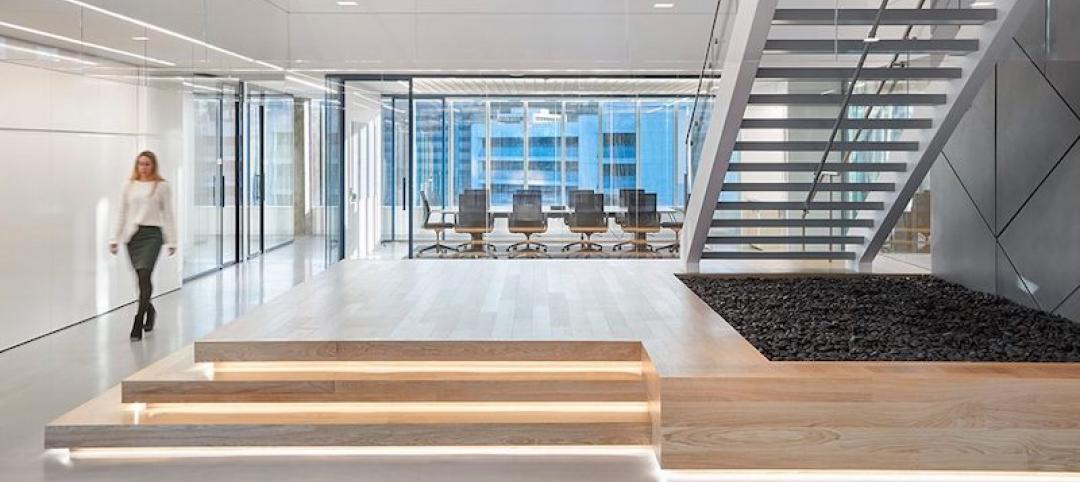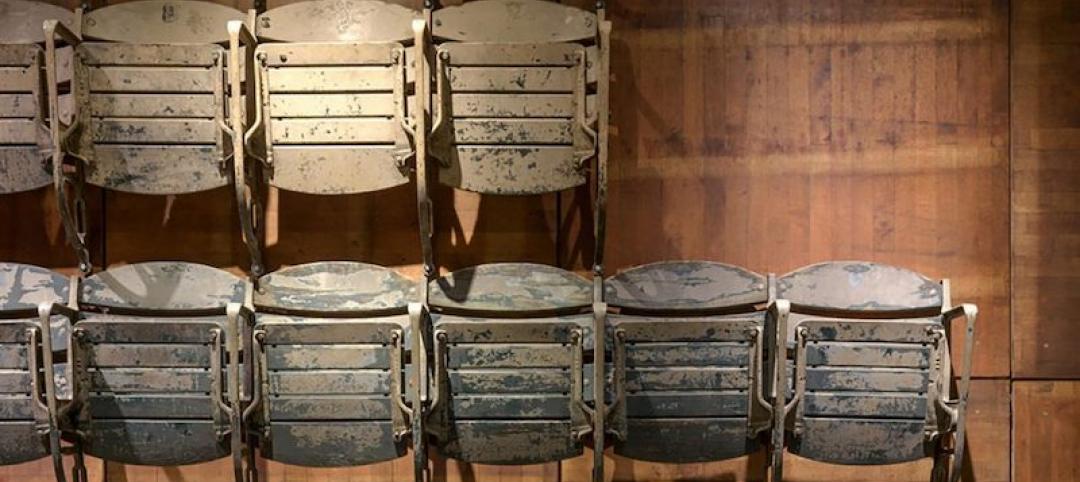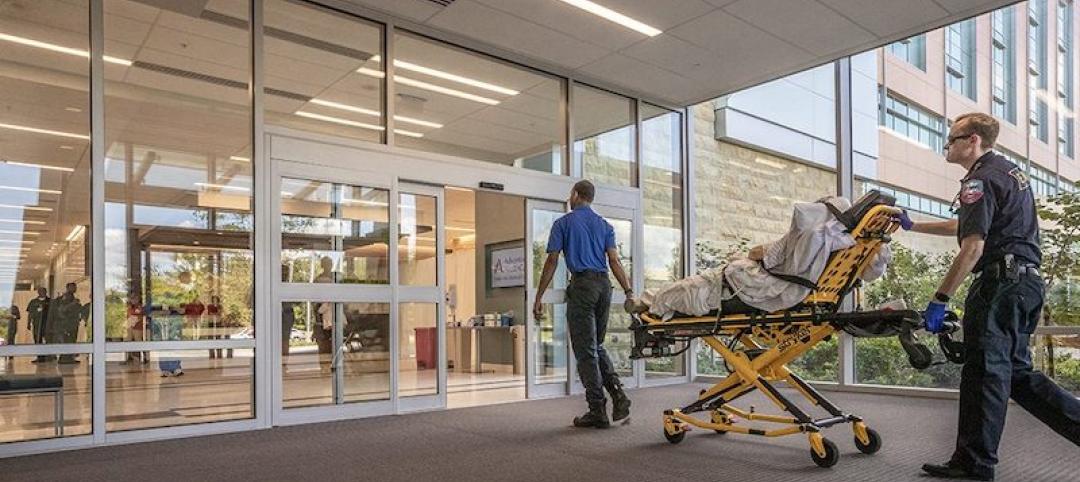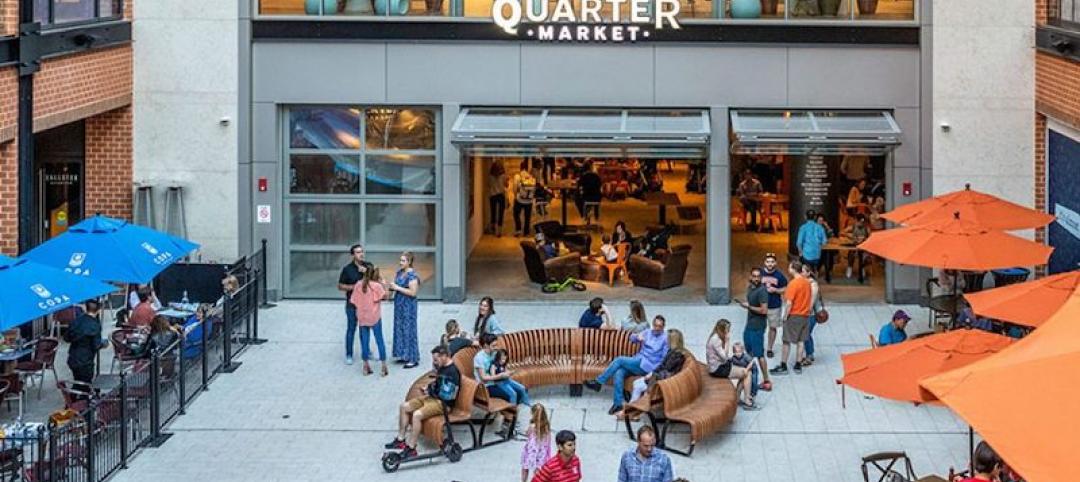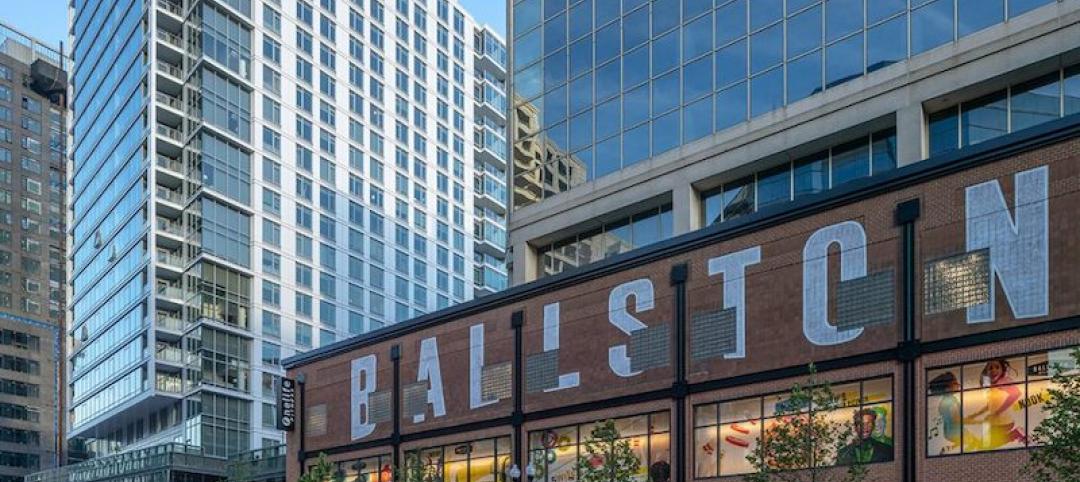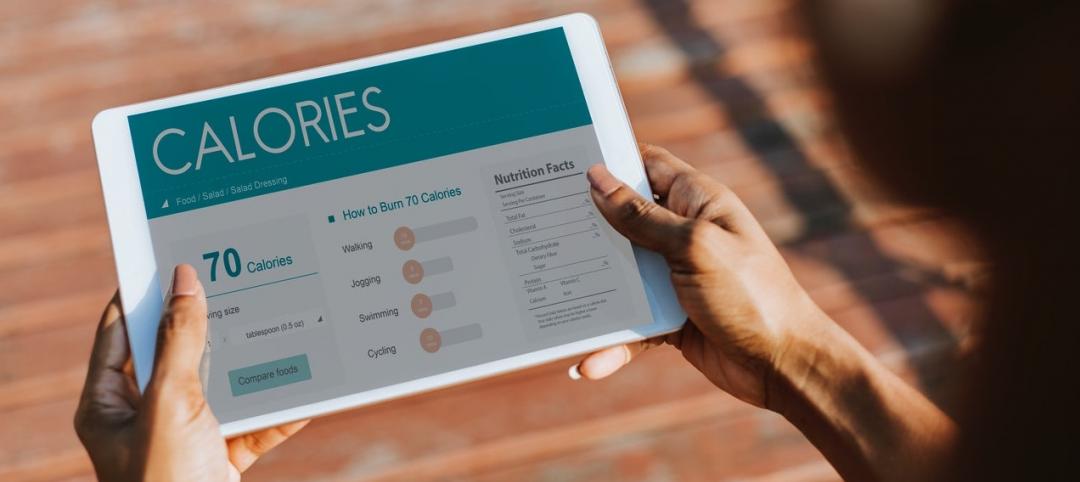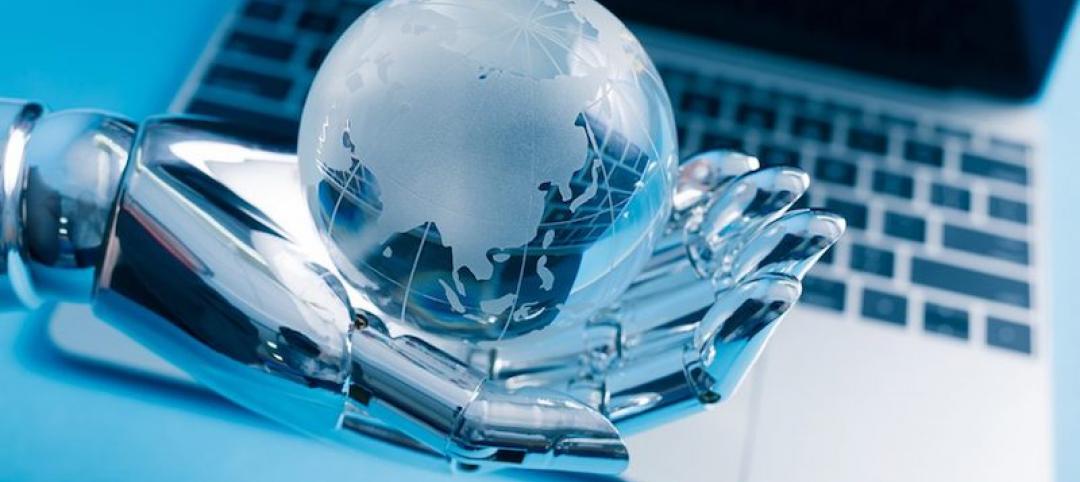From the outside looking in, museums and retail stores don’t seem to have much in common—museums are shrines to art, culture and knowledge, while retail is the ultimate symbol of consumerism. But, when we take a closer look at the evolution of our retail and cultural environments, we find similarities and discover that the trajectory of design trends in museums maps closely with retail.
There is no question that retail environments are increasingly curated, mimicking museum space and presenting products to consumers as unique and exclusive works of art. Ever-changing consumer expectations are driving the evolution of the retail landscape, and this new slew of shoppers are seeking enriched experiences that blend place, technology, culture and entertainment, along with a constant state of renewal. No longer confined to bricks and mortar, the retail equation is something that has moved from the transaction to the experience to the idea of transformation, and less and less of this is anchored to a particular place.
This trend is also seeping into museums. Visiting a museum is not just about seeing the artifacts and masterpieces in the collection, but also about the transformation that takes place within. Museums are changing because people’s expectations are changing.

Goods + Knowledge + Cultural Transformation
Facing increased competition for guests’ attention, museums and retailers alike have realized they need to deliver compelling experiences to connect with their visitors. Simply providing accessible storage of a collection of retail goods or artifacts doesn’t capture the visitor’s imagination. In retail, the guest experience has become the biggest single driver of business, with leaders in customer experience (CX) seeing a 15-20 percent increase in revenue (Source: McKinsey). Similarly, museums are turning to new technologies and experiences to connect with new audiences, retain current visitors and boost overall attendance.
Know Thy Audience
Retailers and marketers know that communication with guests becomes much more effective when the content is personalized and directly relevant to the audience. Museums are uniquely positioned to reach their visitors by learning about them and creating a single-user profile to store and access that knowledge. By tying together data from admissions, donations, social listening, event attendance, online behavior, app usage and guest feedback, museums can deliver more effective outreach, fundraising initiatives and exhibit content. This, in turn, drives repeat visits and loyalty to the museum’s mission.
The Omni-Channel Museum
Brands talk about “omni-channel retail” in a compelling way—the best ones seamlessly link the in-store, online and overall brand experience. As beacons of knowledge and information, museums need to think about the visitor experience on the same level. A museum’s website may not be selling goods like an online store, but it should ideally have the same level of relevant, detailed information that visitors would expect to get in person.
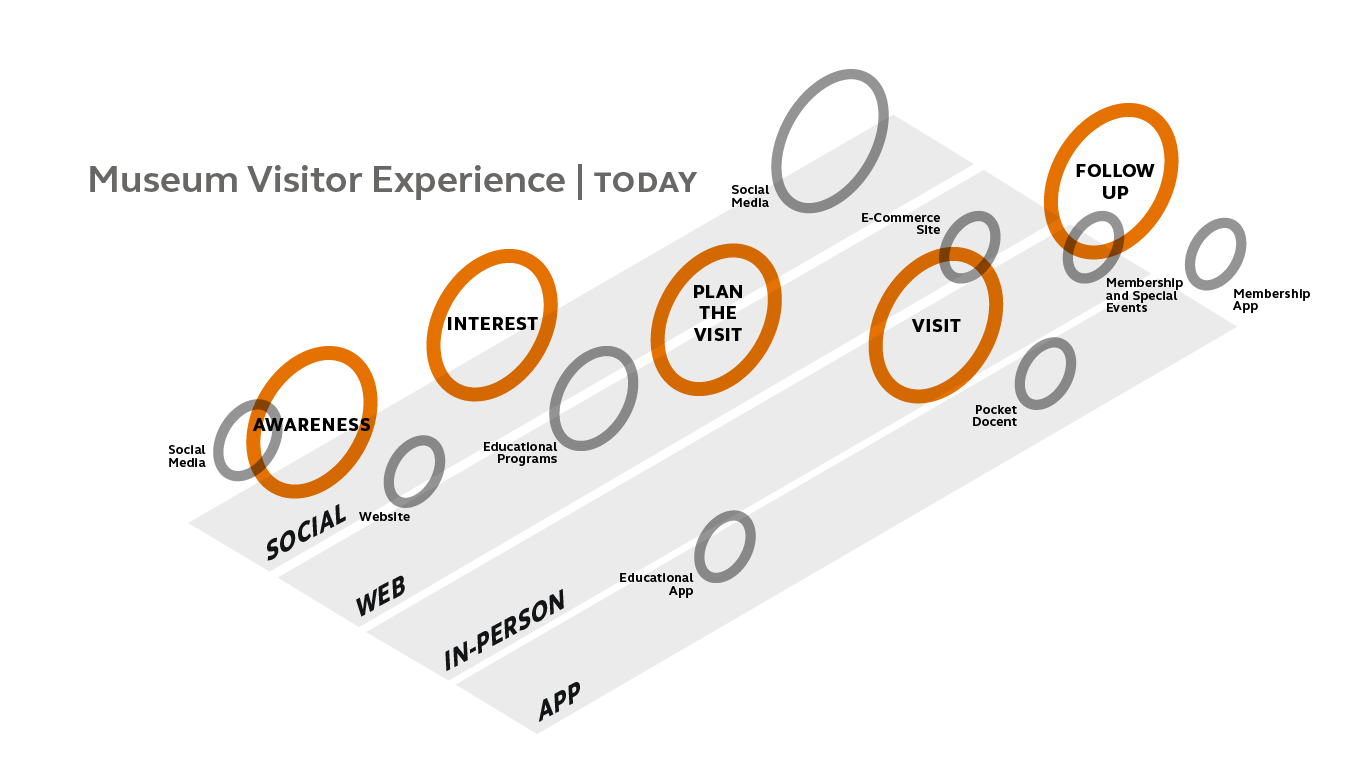
Beyond the Buildings
Curation, conservation and stewardship of art collection are still at the heart of what the modern museum does, but it will also reach out to connect with guests and engage them directly. As we have seen in retail, digital media gives museums the opportunity to tell stories beyond the walls, and tailor the message for each person. Museums will always have central flagship facilities, and their collections will be as important as ever, but the experience may become more decentralized through pop-up experiences, apps and online activities.
The Pocket Docent
Museums have used audio guides for decades, but there is a new opportunity to better connect with guests. Apps on mobile devices, or new audio experiences created by the museum, are trending front and center. This change is taking place in multiple forms:
- The guided experience can be made truly interactive with integrated touch interaction and video.
- The experience can be easily updated based on usage statistics or allow for a quick change in exhibit narrative.
- The experience can be personalized to the user – targeting specific interests (for example: music and art in a history exhibit) or different tones and perspectives (a child’s or adult’s voice).
- The data can be captured to further personalize communications or to improve the design of the exhibit itself. Like retail, communications can be tailored to real-world visitor interests, and the visitor’s paths can be analyzed. Technology like beacons, wi-fi tracking and RFID can add value to the guest experience while providing valuable data to the museum.
These four trends are mirrored in the retail space — Starbucks, Under Armour and Nike all use similar apps to increase engagement with their customers. (Source: The Money Street)
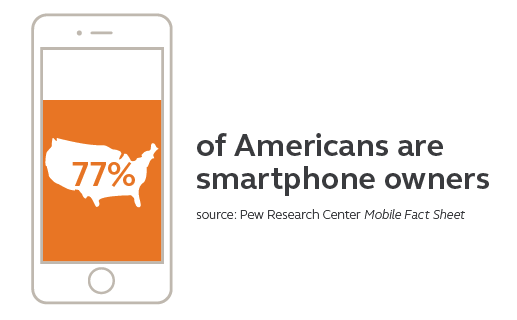
The Effortless Experience
In retail, as businesses initially shifted to embrace the experience-based shopper, they tended to focus on creating moments of surprise and delight – memorable, themed, theatrical experiences, intending to engage the guest. Gradually, there has been a shift towards a subtler approach: reducing effort in the retail space, eliminating transactions or complexity in the customer’s journey and providing value at every step. The same approach works when applied at a museum. The membership, ticketing, admissions, paying for parking or queueing for a special event, can all be optimized for speed and simplicity. Digital technology comes into play here, but the key is to design the experience from the visitor’s point of view and eliminate any potential friction from the journey.
IRL over URL
With subtle simplification of transactional experiences, the museum will be able to do what it has always done best: provide an in-real-life (IRL) experience for guests that is meaningful, informative and compelling. Many retailers have already made this shift – as digital platforms provide a streamlined and personalized experience, the store has become more hands-on and service-oriented, emphasizing the IRL over the URL.
The Bottom Line
People’s expectations are changing, whether they’re visiting a museum, going shopping or trying out a new app. The threshold for capturing their attention is getting higher every year, but all is not lost; museums will always stand as stalwarts of culture and knowledge, but the most influential institutions will continue to evolve with technology and customer experience trends.
More from Author
CallisonRTKL | Dec 20, 2021
Digital nomads are influencing design
As our spaces continue to adapt to our future needs, we’ll likely see more collaborative, communal zones where people can relax, shop, and work.
CallisonRTKL | Jun 30, 2020
The great reset and our new work life
As many countries begin to return to the office, it’s a chance to ask ourselves: what do we truly value?
CallisonRTKL | May 4, 2020
How working from home is influencing design
The lessons learned in the next few months can help shape how we work and design in the future. For now, remote work is different – and our new normal.
CallisonRTKL | Feb 26, 2020
Sustainability in a material world
The concepts of embodied carbon, zero waste, and deconstruction and reuse often run on parallel tracks.
CallisonRTKL | Jan 30, 2020
The complex dance of healthcare transitioning
Hospital employees, though excited about technological advancements, are expected to navigate a new workplace and care for their patients at the same time, all while training on new equipment and navigating a new building.
CallisonRTKL | Jan 6, 2020
Retail re-invention: Five questions to ask
Why have some malls survived their long-predicted demise, thriving and bumping with new generations of shoppers, while others have been relegated to the ash heap of deadmalls.com?
CallisonRTKL | Aug 6, 2019
Saving the American mall in 5 steps
CallisonRTKL Vice President Marc Fairbrother explains how struggling American malls can turn it all around.
CallisonRTKL | May 29, 2019
Smart buildings can optimize wellness
Employees want wellness initiatives built into their work experience, especially when they’re in spaces that can leave them feeling stiff, stressed, and sick.
CallisonRTKL | Apr 5, 2019
2019 trends in the workplace
From retention and career advancement to the ethics of inclusion and diversity, these five trends will play a major role this year in design, strategic planning and workplace development.
CallisonRTKL | Jan 28, 2019
9 tech trends to track in 2019
Innovations in voice recognition, cognitive neuroscience, and biometrics are among the trending tech topics for 2019, according to CallisonRTKL's Kristin Tilley.




